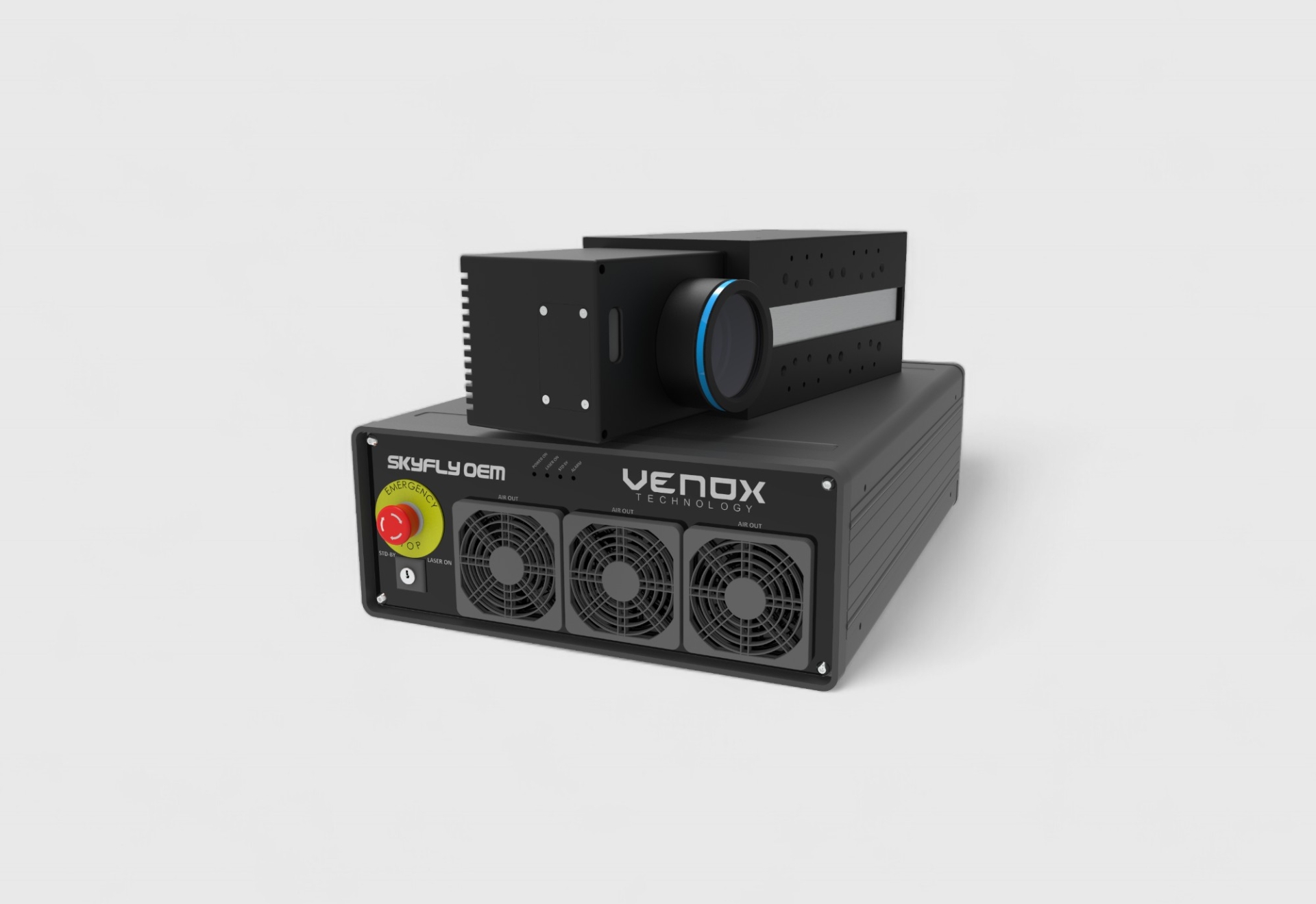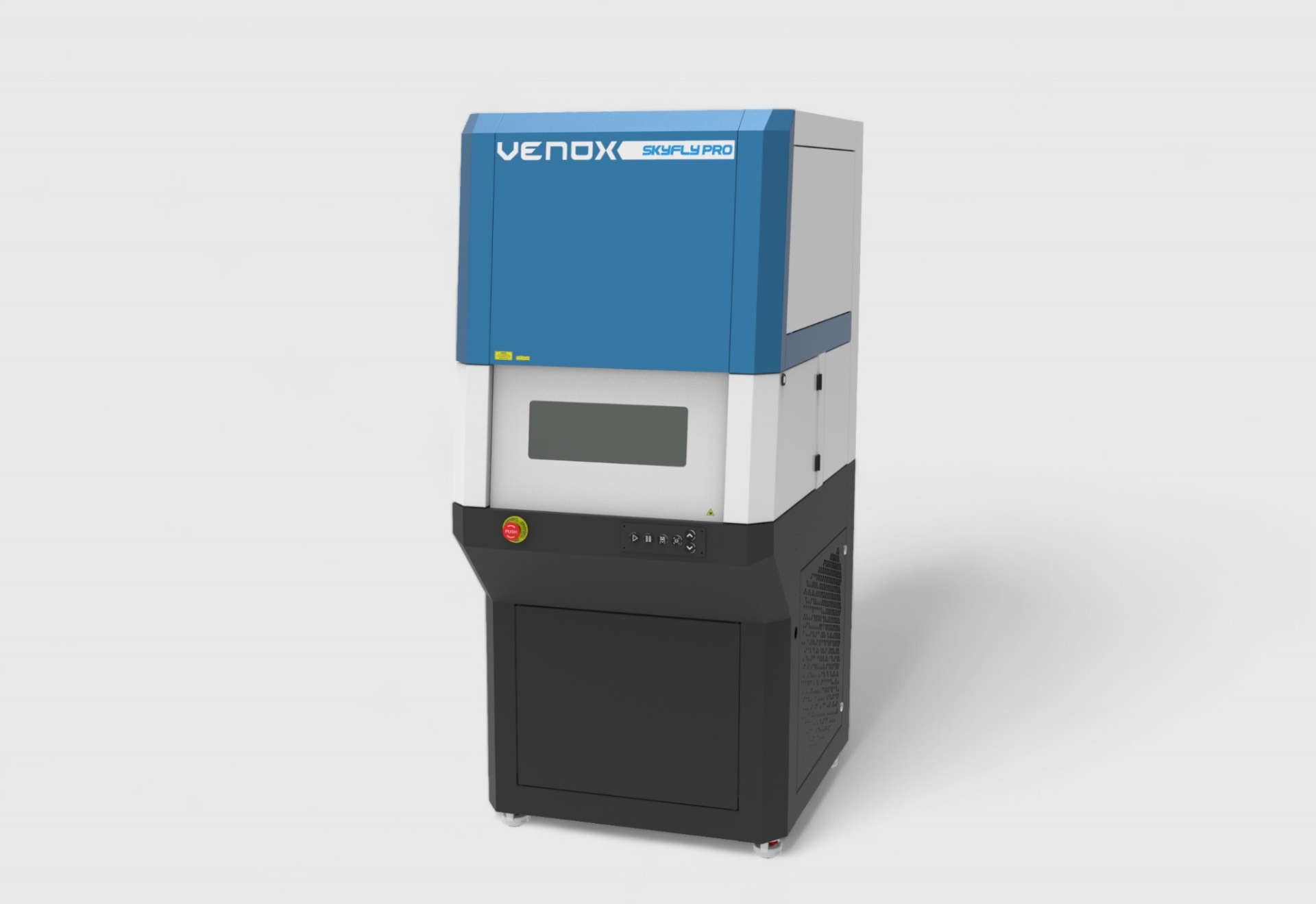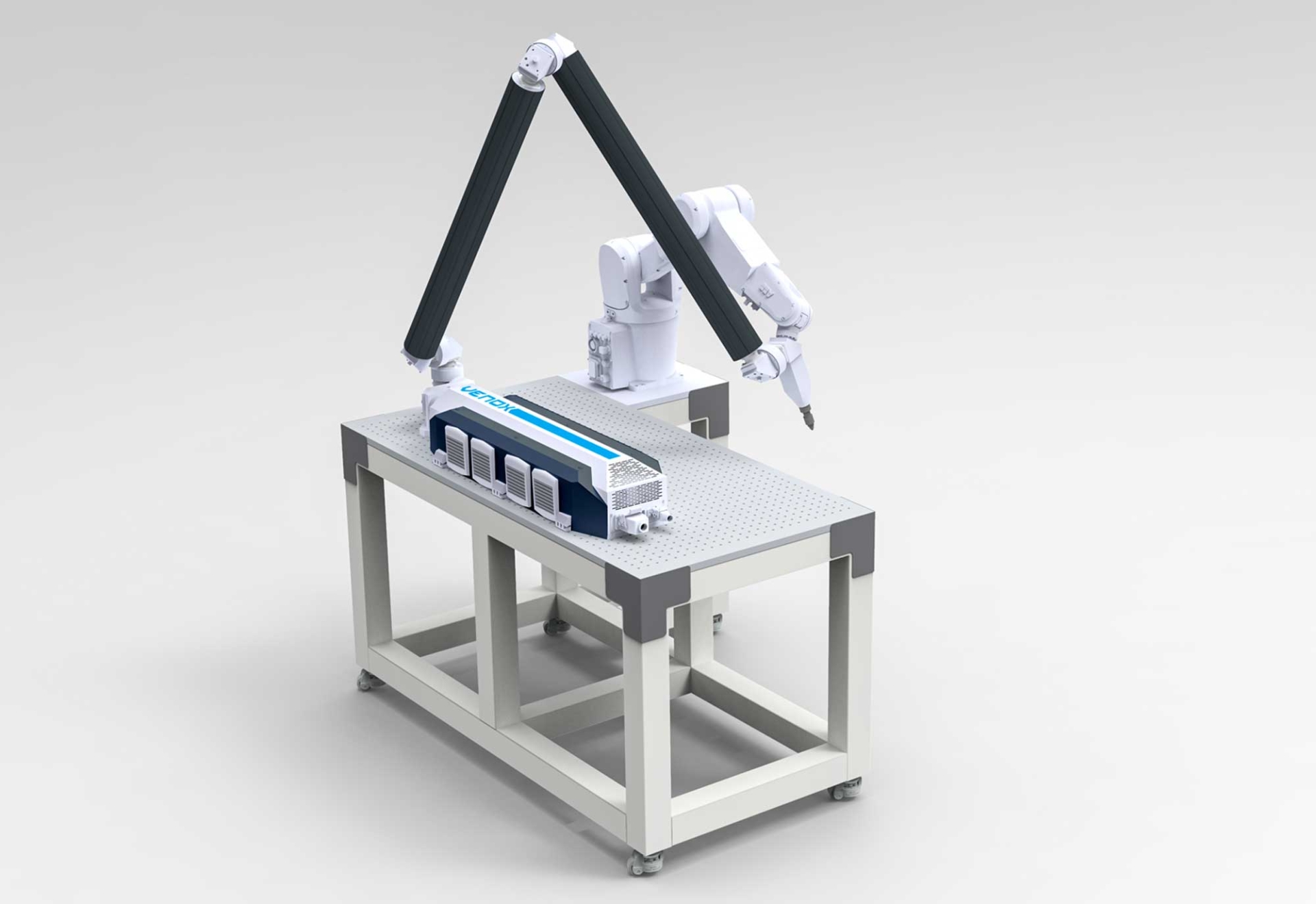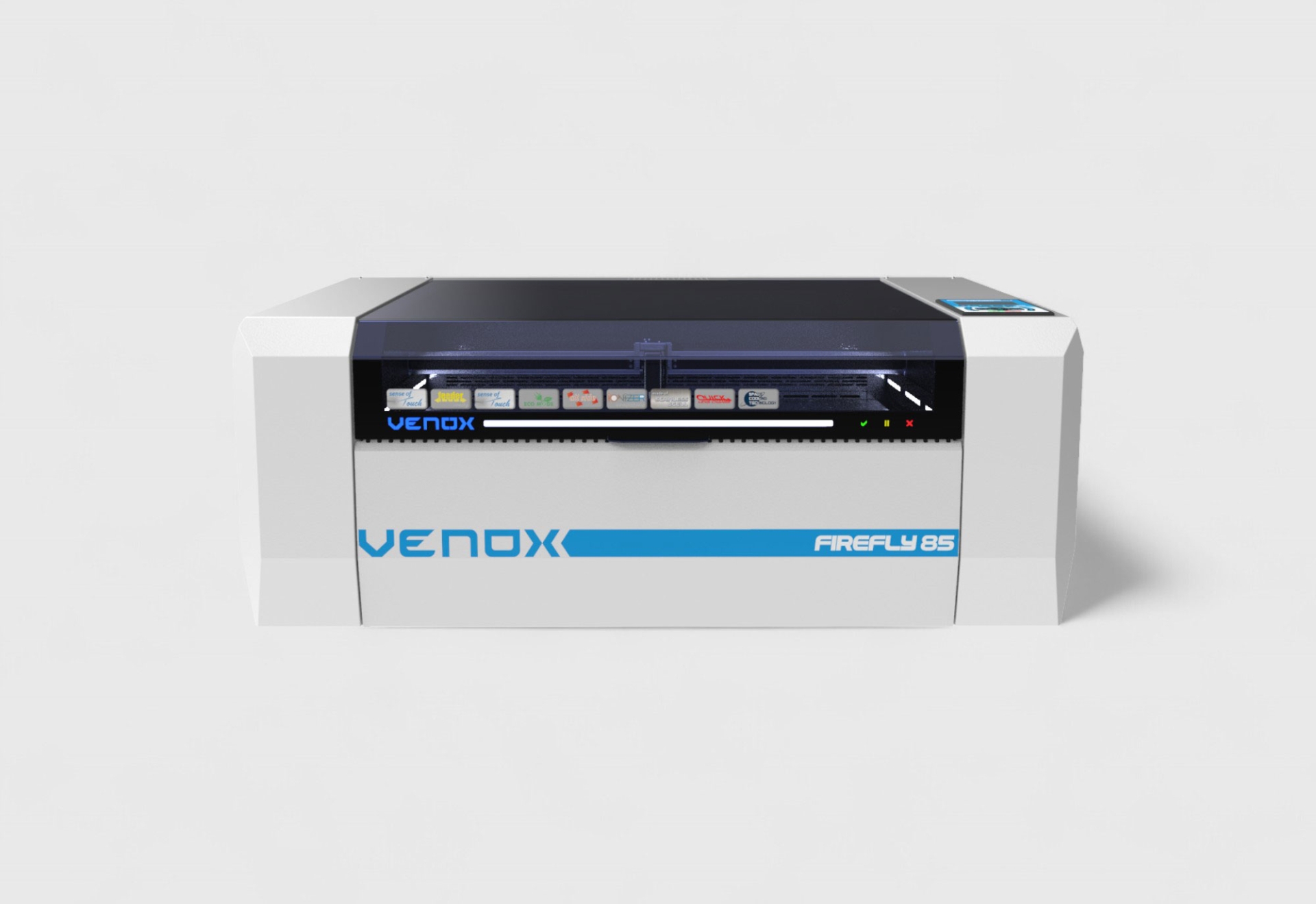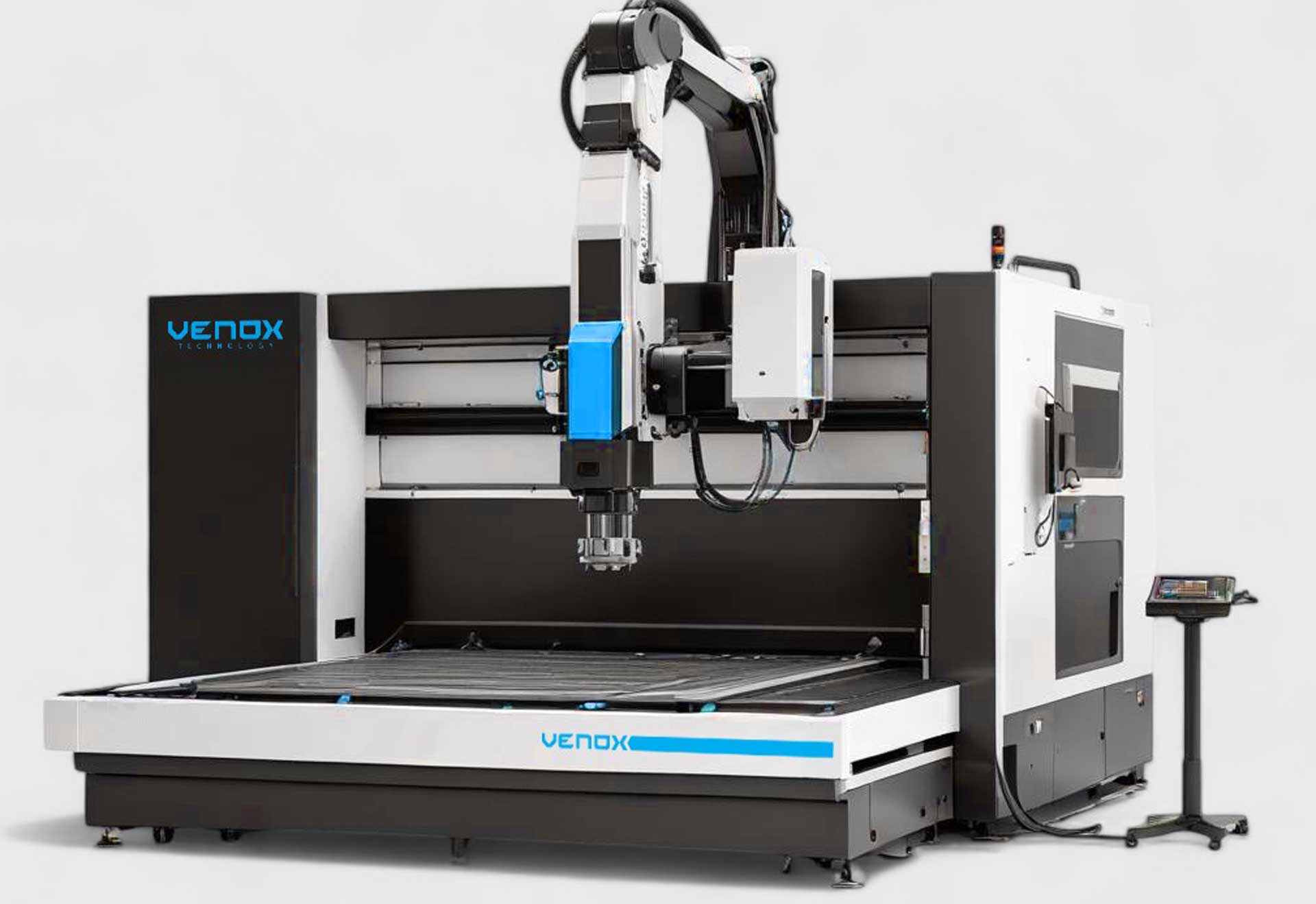The Rise of Laser Technology in the Automotive Industry
Why Laser? Strategic Impact in Automotive Manufacturing
Traceability and Quality Assurance
The automotive ecosystem, due to supply chain complexity, global standards, and safety regulations, requires full traceability. Permanently processing part identity—such as serial/model number, batch/lot information, production date, QR/Datamatrix/Barcode codes—is the foundation of in-line data integrity. Laser marking systems, which operate without contact or consumables, provide high contrast, durability, and readability on metal and plastic surfaces. This accelerates root cause analysis in recall processes, reduces warranty costs, and strengthens statistical process control (SPC).
Speed, Flexibility, and OEE Increase
Laser processes shorten cycle times with solutions such as synchronous marking with moving conveyors, multi-station rotary tables, robotic pick&place, and vision-based part recognition. There is no tool change; different part references can be switched quickly in a single station. This flexibility increases OEE (Overall Equipment Effectiveness) on automotive lines with variable production mixes. Especially with laser cutting systems, sprue/burr removal, fine line cuts, and detailed operations can be performed contactlessly, reducing fixturing complexity and increasing rework-free and scrap-free production rates.
Sustainability and Field Durability
Laser marks, requiring no consumables such as solvents, ink, or labels, reduce both environmental impact and operating costs. Marks are long-lasting against oil, moisture, UV, thermal cycling, and abrasion. For this reason, laser stands out as the most reliable solution in critical components such as engine blocks, transmission housings, brake components, suspension parts, and safety equipment. When metallurgical/thermal interaction with the surface is controlled, permanent identification is possible without affecting part functionality.
Compliance, Standards, and Audit Facilitation
Traceability requirements in OEM and Tier-X supplier specifications are increasingly mandating permanent laser-applied codes. Linking production data to the part in compliance with frameworks such as ISO/AIAG, IATF 16949 makes it easier to present evidence during field audits. The repeatability and high marking quality of laser reduce nonconformance rates and improve audit scores.
Application Areas and Solution Proposals
Laser Marking on Metal Parts: Contrast, Durability, and Speed
Laser marking is applied on metal components such as chassis parts, brake discs, caliper housings, rod–hub assemblies, bearing housings, and engine and transmission housings through methods like oxidation (annealing), deep engraving, surface etching, and coating removal. Depending on the material type, Fiber/MOPA source selection optimizes both speed and contrast. For details, check the laser on metal material applications page; examples, surface behaviors, and readability recommendations across different alloys clarify production planning. At the system level, solutions on the laser marking systems page offer integration suitable for high-speed automation.
Laser Marking on Plastic Parts: High Contrast, Low Thermal Effect
In plastic parts such as console buttons, HVAC panels, housings/covers, sensor bodies, cable harness labels, and lighting components, laser marking is achieved through additive applications, color change (foaming/carbonization), and paint/coating removal techniques. Depending on material and pigment composition, UV, Fiber, or CO2 sources offer different advantages. For practical examples and material behaviors, use laser on plastic material content, and confidently plan “day&night” effects on panels and buttons suitable for light transmission.
Laser Cutting for Trim, Sprue, and Fine Geometry Operations
In operations such as post-injection sprue removal, creating cover–window openings, micro-drilling in acoustic parts, and trimming edges of composites, laser cutting systems provide clean, burr-free, and repeatable results. Contactless processing reduces deformation risk in thin-walled parts and standardizes post-mold finishing. In robotic handling–vision matched cells, high accuracy can be maintained even with variable positions, reducing jig/mold costs and setup times.
Identification of Safety-Critical Components (Brake, Steering, Airbag)
In brake system parts, steering components, and airbag modules, the long-term readability of codes is vital. Identification must be verifiable from the production line to field use and must not be affected by chemical/thermal cycles. Laser produces permanent, clear marks that meet these requirements, while verification cameras and code-reading software make closed-loop control easy to implement. Thus, PPM targets and audit scores improve.
Micro-Scale Processing in Electronics and Sensors
In TPMS, ABS/ESP, ADAS sensor modules, and control units, the part surface area is limited; micro-scale clear, damage-free marking is required. Short-wavelength UV lasers provide high contrast with low thermal effect; color change in plastics and precise icon–text combinations can be produced. PCB coding, serial numbers on connector housings, and miniature symbols can be applied without compromising line speed.
Permanent Labeling in Cables and Harnesses
Permanent labeling is critical for production route, pathway, and service information in cable harnesses. Laser creates clear marks directly on the sheath without consumables, eliminating the risk of ink leakage or fading. Serial/lot codes on cable sleeves and labels are standardized, accelerating field service and repair processes.
Surface Preparation: Coating Removal and Selective Paint Removal
Coating/paint removal processes are preferred for day&night effects on plastic panels–buttons and for creating conductivity/contact areas on metal surfaces. Laser can remove film layers of specific thicknesses without damaging the substrate, achieving more homogeneous and mark-free surfaces compared to mechanical scraping.
Automation, Vision, and MES/ERP Integration
Modern laser cells operate synchronized with PLCs, robots, and conveyors; validated by camera–vision systems. Code quality (DPM, ISO/IEC 15415/15416 metrics) is monitored online; failed marks are instantly separated. With MES/ERP connections, serial–lot information is automatically matched, and traceability data is transmitted to central systems in real time. Pages dedicated to automotive solutions provide insights into how these integration architectures are structured.
Process Architecture: Correct Beam Source and Optics Selection
Depending on part and material variety, process goals, and line speed, the correct laser source (Fiber/MOPA, UV, CO2) and optical choices should be determined. The scanning head–f-Theta lens combination, which affects marking area, character height, and scan speed, should be considered along with contrast requirements, surface coating, and readability metrics. Fiber is mostly advantageous in metal-focused lines, while UV often offers benefits in high-contrast plastic applications. To compare configurations, review the marking systems and cutting systems pages to find the right solution for your needs.
Application Lab Approach for Metal and Plastic
Rapid sampling and parameter scouting are the most critical stages in transitioning to mass production. On metal and plastic surfaces, you can narrow the process window by conducting trials with your material suppliers’ data and target contrast/depth metrics. To understand the behavior of various material–pigment combinations and the final appearance, use the sample outputs and usage notes on the metal applications and plastic applications pages.
Quality Assurance: Verification and Code Reading
Post-marking quality control includes code verification with cameras, character integrity checks, and data matching. When code quality falls below the limit, the system automatically alerts, and defective parts are separated. Transferring verification data to MES increases process transparency and serves as evidence in audits. This closed-loop approach supports achieving zero defect goals.
Maintenance–Operation: Continuity and Total Cost of Ownership
In addition to the low consumable costs of lasers, regular optical cleaning, filter management, and environmental control are key to efficiency. Smart monitoring sensors, preventive maintenance plans, and modular backup strategies minimize unexpected downtime. Operator training and parameter templates via HMI reduce human error.
Investment Decision: Business Case and ROI
When preparing investment feasibility, quantify the effects of consumable/labor costs, in-line quality costs, rework, scrap, and recall risks of the current process. Multiply the acceleration, quality, and traceability gains achieved with laser by the annual production volume to make the ROI visible. If your product range is metal-heavy, focus on metal applications; if it is plastic-heavy, base your target quality on plastic applications outputs to select the right system.
Typical Automotive Scenarios
Brake components (disc, caliper, bracket): Corrosion- and thermal cycle-resistant, field-readable DPM codes. Body–chassis parts: Deep-engraved durable marks; visibility control before/after coating. Plastic interior trim: Day&night effect button–icon sets; UV marking for clear, low-thermal-effect results. Electronics/TPMS: High-contrast micro text and symbols in limited space; automatic verification. Cable–harness: Consumable-free, non-fading identification; service convenience.
Transition from Prototype to Series: Validation Roadmap
During the sample–pilot production stage, prepare a validation plan covering material variations, surface finish, and appearance tests after coating. Complete the process with code quality metrics, supplier–OEM acceptance criteria, and field tests. Transition to mass production by integrating verification cameras and error management logic into the final station.
Conclusion and Next Steps
In automotive, laser is a flexible and future-oriented production tool that simultaneously meets traceability, quality, speed, and sustainability goals. Reliable, readable, and durable marks on metal and plastic parts, combined with precise thermal effect cuts and micro-processes, significantly increase your overall line efficiency. To select the most suitable solution combination for your line architecture, review laser marking, laser cutting systems, and automotive-specific solutions pages. For application examples and material-based outputs, the metal and plastic application content are a good starting point.
